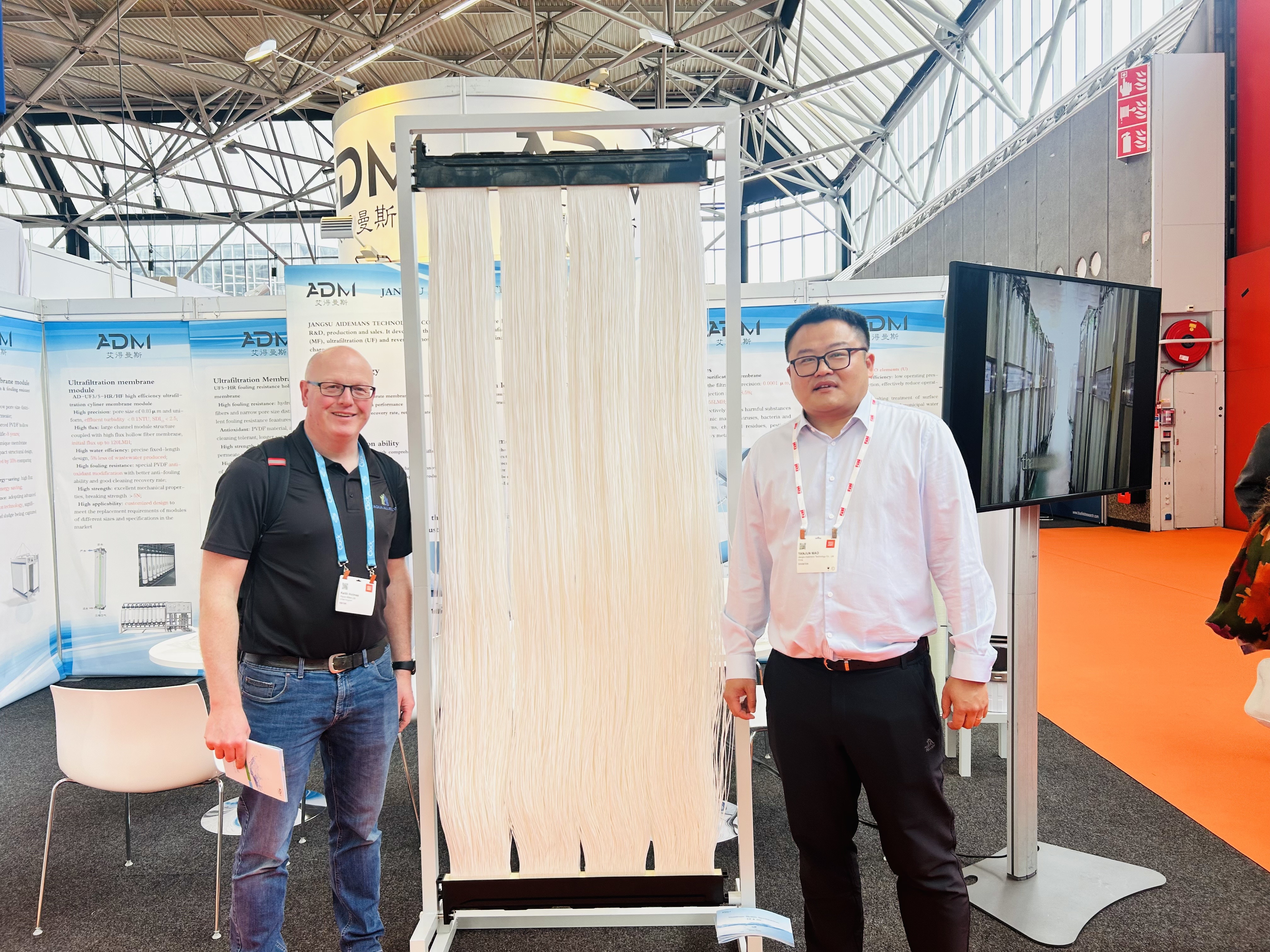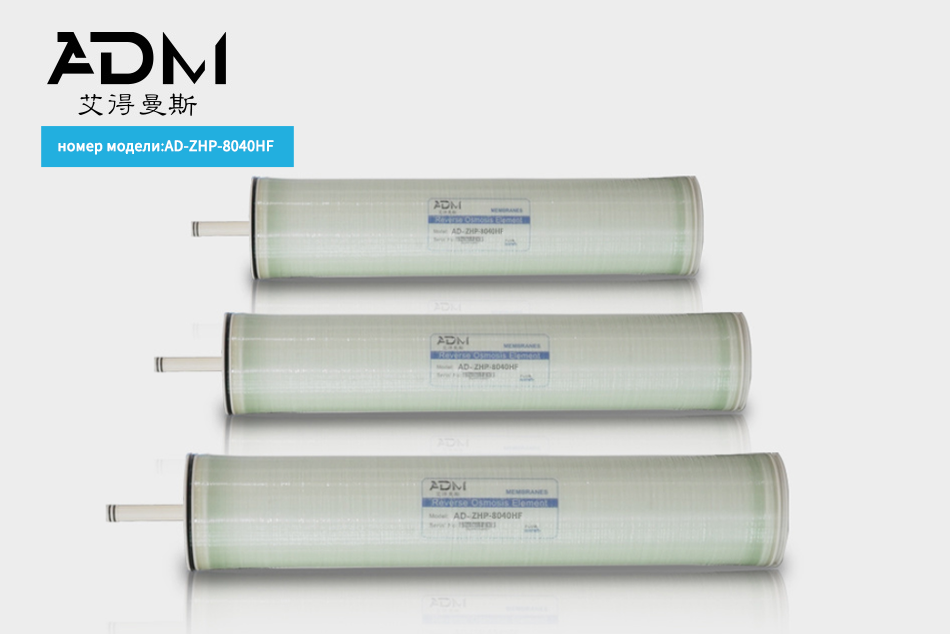Why Reverse Osmosis ULP is a Game Changer for Filtration Equipment
Release time:
2025-07-17
Why Reverse Osmosis ULP is a Game Changer for Filtration Equipment Table of Contents 1. Introduction to Reverse Osmosis ULP 2. Understanding Filtration Equipment 3. The Science Behind Reverse Osmosis Technology 4. Key Advantages of Reverse Osmosis ULP 4.1 Enhanced Filtration Efficiency 4.2 Reduced Operational Costs 4.3 Environmental Impact and Sustainability 5. Applications of Reverse Osmosis ULP
Why Reverse Osmosis ULP is a Game Changer for Filtration Equipment
Table of Contents
1. Introduction to Reverse Osmosis ULP
2. Understanding Filtration Equipment
3. The Science Behind Reverse Osmosis Technology
4. Key Advantages of Reverse Osmosis ULP
4.1 Enhanced Filtration Efficiency
4.2 Reduced Operational Costs
4.3 Environmental Impact and Sustainability
5. Applications of Reverse Osmosis ULP in Various Industries
5.1 Water Treatment
5.2 Food and Beverage Industry
5.3 Pharmaceutical Sector
5.4 Industrial Processes
6. Future Trends in Filtration Equipment
7. Conclusion
8. Frequently Asked Questions (FAQs)
1. Introduction to Reverse Osmosis ULP
Reverse Osmosis (RO) technology has long been a cornerstone in the field of filtration equipment. However, the introduction of **Ultra-Low Pressure (ULP)** Reverse Osmosis has marked a significant advancement in this area. In this article, we will delve into how Reverse Osmosis ULP is transforming filtration processes across various industries.
2. Understanding Filtration Equipment
Filtration equipment is critical in various sectors, from municipal water treatment facilities to manufacturing plants. The primary function of these systems is to remove contaminants and ensure the purity of the end product. Traditional filtration methods often face limitations in efficiency and operational costs. This is where **Reverse Osmosis ULP** comes into play, offering a more effective solution.
3. The Science Behind Reverse Osmosis Technology
Reverse Osmosis is a process that utilizes a semi-permeable membrane to separate ions, molecules, and larger particles from water. In the case of ULP, the system operates at significantly lower pressures compared to conventional RO systems, enhancing efficiency while reducing energy consumption. This technology relies on the principle of osmosis, where solvent molecules move from a region of lower solute concentration to a region of higher solute concentration. By applying pressure, the flow is reversed, allowing purified water to pass through the membrane while retaining contaminants.
4. Key Advantages of Reverse Osmosis ULP
As industries increasingly turn to ULP technology, several advantages become apparent:
4.1 Enhanced Filtration Efficiency
Reverse Osmosis ULP systems are designed to operate at lower pressures while maintaining high rejection rates of contaminants. This leads to improved **filtration efficiency**, capable of removing up to 99% of dissolved salts, bacteria, and other impurities.
4.2 Reduced Operational Costs
One of the standout benefits of ULP RO systems is their ability to lower energy consumption. Traditional RO systems require high-pressure pumps, which can lead to substantial operational costs. ULP technology minimizes these costs, making it a more budget-friendly option for businesses.
4.3 Environmental Impact and Sustainability
With increasing awareness of environmental issues, the sustainability of filtration systems is paramount. Reverse Osmosis ULP not only conserves energy but also reduces the need for harmful chemicals in water treatment processes. This aligns with global goals for sustainability and environmental protection.
5. Applications of Reverse Osmosis ULP in Various Industries
The versatility of Reverse Osmosis ULP technology allows it to be utilized across numerous sectors:
5.1 Water Treatment
Municipalities and private companies are implementing ULP technologies to provide safe drinking water. The high rejection rate of contaminants ensures that the water is not only purified but also safe for consumption.
5.2 Food and Beverage Industry
In the food and beverage sector, maintaining quality is crucial. ULP technology is used to create high-purity water for production processes, enhancing the overall quality of products while ensuring compliance with health regulations.
5.3 Pharmaceutical Sector
The pharmaceutical industry demands ultra-pure water for drug manufacturing. ULP Reverse Osmosis systems meet stringent quality standards, ensuring that the end products are safe and effective.
5.4 Industrial Processes
Various industrial applications, such as semiconductor manufacturing and metal finishing, require high-quality water. ULP technology enables these industries to achieve the necessary purity levels while reducing waste and operational costs.
6. Future Trends in Filtration Equipment
As the demand for efficient filtration solutions grows, we can expect several trends to shape the future of Reverse Osmosis ULP technology:
- **Integration with Smart Technology:** The incorporation of IoT devices for monitoring and optimizing filtration processes will enhance system performance.
- **Modular Systems:** Future filtration equipment may become increasingly modular, allowing for easy upgrades and expansions to meet changing demands.
- **Focus on Energy Efficiency:** As sustainability becomes a priority, manufacturers will continue to innovate ways to reduce energy consumption in filtration systems.
7. Conclusion
In summary, Reverse Osmosis ULP technology represents a significant leap forward in filtration equipment, offering numerous benefits such as enhanced efficiency, reduced costs, and a positive environmental impact. As industries evolve, the adoption of ULP systems will play a crucial role in achieving optimal water quality and meeting regulatory standards. Embracing this technology ensures that businesses remain competitive while prioritizing sustainability and performance.
8. Frequently Asked Questions (FAQs)
What is Reverse Osmosis ULP?
Reverse Osmosis ULP is a filtration technology that operates at ultra-low pressure, enhancing water purification efficiency while reducing energy consumption.
How does Reverse Osmosis ULP improve filtration efficiency?
By utilizing lower pressures, ULP systems can maintain high rejection rates for contaminants, ensuring cleaner and safer water.
What industries benefit from Reverse Osmosis ULP technology?
Industries such as water treatment, food and beverage, pharmaceuticals, and various manufacturing sectors benefit significantly from ULP technology.
Are there environmental benefits to using Reverse Osmosis ULP?
Yes, ULP systems reduce energy consumption and the need for chemicals, contributing to a more sustainable and environmentally-friendly approach to filtration.
What future trends can we expect in filtration technology?
Future trends may include the integration of smart technology for monitoring, modular systems for adaptability, and a continued focus on energy efficiency.
This comprehensive exploration of Reverse Osmosis ULP demonstrates its transformative potential in the filtration equipment sector, paving the way for a cleaner, more sustainable future.


